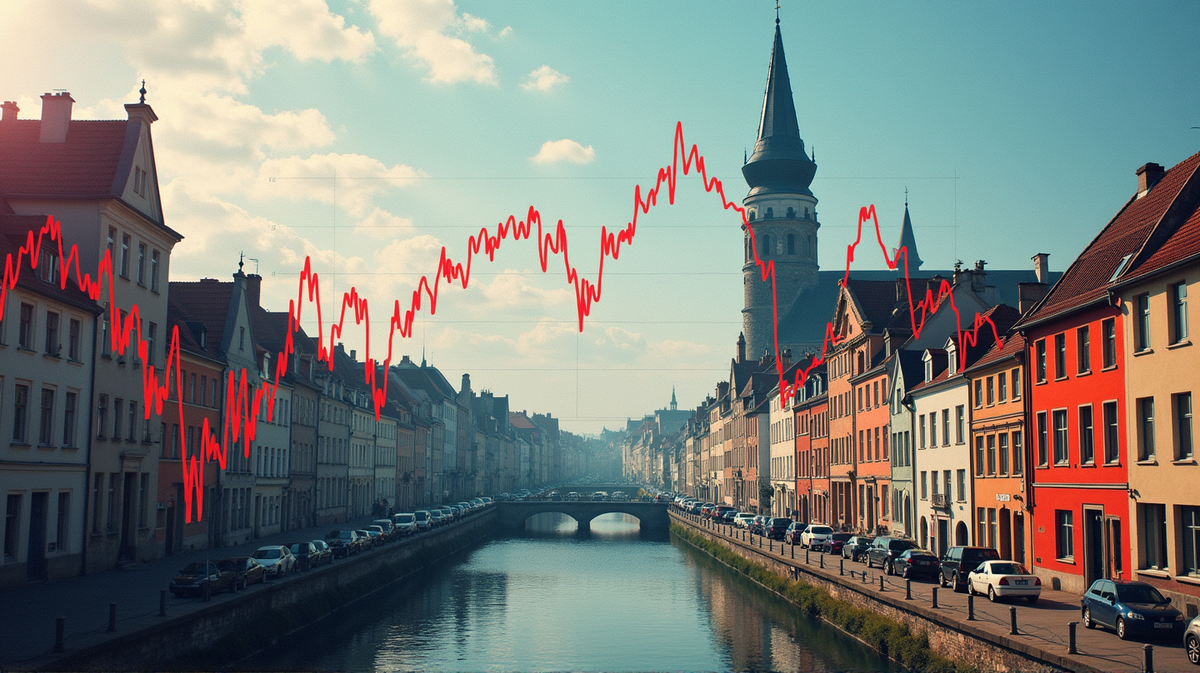Is Europe's Future at Risk? Exploring the Economic Challenges and Decline

Introduction: A Continent in Unrest
Europe, often celebrated for its rich history and cultural diversity, now faces a challenging path as it grapples with dysfunction, rising debt, and efficiency drags that stall economic growth. This exploration into the economic challenges highlights an unsettling trend of decline on the continent, painting a vivid picture of financial turmoil.
Dysfunction and Its Multiple Facets
The once stable European socio-political landscape is now witnessing cracks that undermine its unity. Political discord and bureaucratic inefficiencies contribute to widespread dysfunction across the European Union. Recent data suggests a persistent struggle to reach consensus on key economic policies, leaving many nations in a state of economic uncertainty. According to The New Indian Express, such instability may deter investment, further slowing growth.
The Debt Quagmire: A Raising Wall
Debt, long a thorn in Europe’s side, has begun to spiral into a crisis level. Nations including Greece, Italy, and Spain find themselves ensnared in mounting national debts, creating budgetary pressures. The European Central Bank finds itself at a crossroads, trying to navigate the balance between stimulating growth and maintaining monetary stability. The danger lies in a domino effect where high debt levels could lead to widespread financial instability.
Efficiency Drag: Slowing the Wheels of Progress
Industrial and economic efficiency in Europe encounters substantial bottlenecks owing to outdated infrastructures and aging technology, particularly in sectors critical to national economies. The lag in technological advancement coupled with regulatory complexities has stifled innovation and growth. In contrast, other global powers are advancing rapidly, outperforming European businesses in sectors once dominated by them.
Decline: Understanding the Underlying Causes
The reasons behind Europe’s decline are complex and multifaceted. From political fragmentation to economic disparities within member states, the challenges are deeply entrenched. Structural weaknesses in labor markets, cybersecurity concerns, and energy dependencies exacerbate these issues. As stated in The New Indian Express, the need for substantial reform to address these structural weaknesses is clear, yet achieving it remains elusive.
Conclusion: A Call for Reinvention
The current trajectory speaks to a need for urgent action—a call for reinvention and adaptation. Europe must collaborate more effectively to tackle these pressing concerns if it hopes to regain its footing in the global economy. Emphasis on innovation, infrastructure development, and fiscal responsibility is vital for reversing the decline.
The challenges are great, but with determination and unity, Europe can move towards a thriving future. Now is the time to turn the page and write a new chapter in Europe’s storied history.





